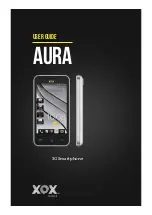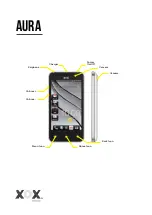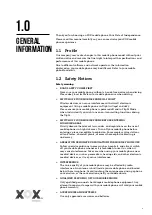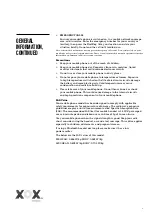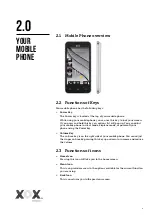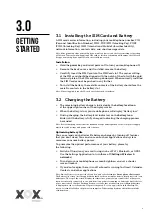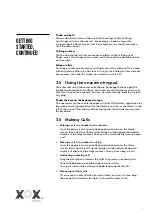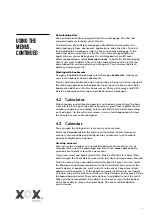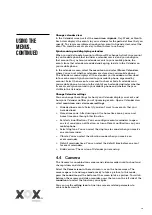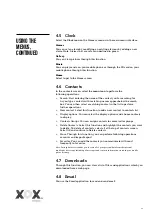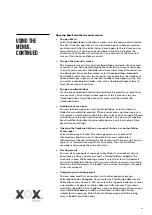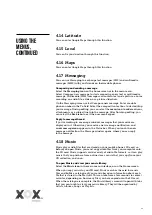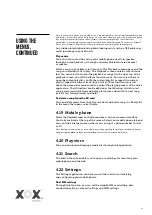
3
General
Information,
continued
> EMERGENCY CALLS
Ensure your mobile phone is switched on, in a mobile network coverage
area, and in service. Enter the emergency number for your country or
territory, then press the
Dial Key
. Give your location and state your
situation briefly. Do not end the call until told to do so.
Note: Some mobile networks do not support an emergency call service. Do not rely solely on your
mobile phone for critical communications. Please consult your mobile network operator for further
information on Emergency Call access and coverage.
Precautions
> Keep your mobile phone out of the reach of children.
> Keep your mobile phone dry. Keep away from rain, moisture, liquid
or other substances that could corrode electronic circuits.
> Do not use or store your mobile phone in dusty places.
> Do not expose your mobile phone to temperature extremes. Exposure
to high temperatures will shorten the life of electronic circuits, damage
the battery and some plastic parts. Cold temperatures may cause
condensation and moisture build up.
> Please take care of your mobile phone. Do not throw, knock or shock
your mobile phone. This could cause damage to the internal circuits
and high-precision components of your mobile phone.
SAR Value
Your mobile phone model has been designed to comply with applicable
safety requirements for exposure to radio waves. The radio wave exposure
guidelines employ a unit of measurement called Specific Absorption Rate
(SAR). The recommended SAR limit for mobile handset is 1.6 W/Kg averaged
over a 6 minute period and taken over a volume of 1g of human tissue.
Use your mobile phone when the signal strength is good. Keep your calls
short, consider using the headset, or send a text message. This advice applies
especially to children, adolescents, and pregnant women.
If using a Bluetooth headset device, please make sure it has a low
power emitter.
The below are the SAR values of this model:
900 HEAD: 0.656 W/kg BODY :0.463 W/kg
1800 HEAD: 0.809 W/kg BODY: 0.704 W/kg

